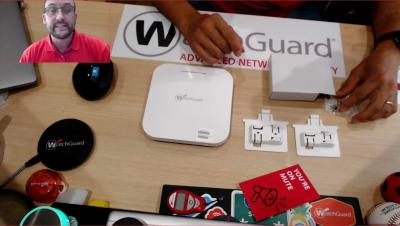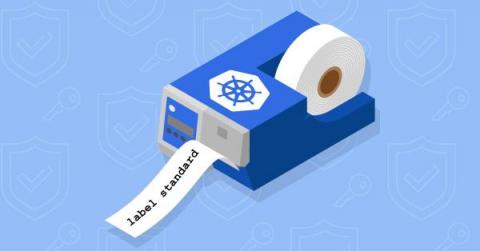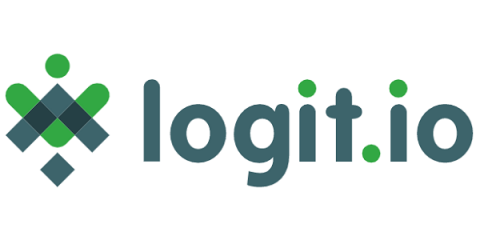Security | Threat Detection | Cyberattacks | DevSecOps | Compliance
Security
Wi-Fi in WatchGuard Cloud - Unboxing the AP 330
Software Composition Analysis Mitigates Systemic Risk in the Popular NPM Repository
Lookout Data Shows Already Strained Energy Industry Faced With 161% Surge in Mobile Phishing
A few months ago, the largest U.S. pipeline operator, Colonial Pipeline, was forced to halt operations for nearly a week due to a ransomware attack. While it ultimately didn’t stop consumers from buying gasoline, the incident forced the company to pay $4.4 million in ransom payment and illustrated just how vulnerable energy organizations are to cyberattacks.
8 Daily Practices to Avoid Cybersecurity Burnout
Burnout happens when job demands such as workload, time-pressure, and difficult clients are high as well as when job resources including quality leadership, autonomy and decision authority, recognition, and strong relationships are lacking. The field of cybersecurity is particularly difficult, but that doesn’t mean burnout is inevitable, and it doesn’t mean you can’t recover after experiencing burnout.
What Types of Security Capabilities Do Managed Service Providers (MSP) Offer?
Last time, I discussed the four basic types of managed service providers (MSPs) with which organizations commonly partner. Those categories help to determine the types of services offered by MSPs. In general, MSPs provide five primary services to customers.
Label standard and best practices for Kubernetes security
In this blog post, I will be talking about label standard and best practices for Kubernetes security. This is a common area where I see organizations struggle to define the set of labels required to meet their security requirements. My advice is to always start with a hierarchical security design that is capable of achieving your enterprise security and compliance requirements, then define your label standard in alignment with your design.
What is CMMC? + Useful Resources, Communities & Expert Advice
In this guide, we are covering the facts that you need to know in order to prepare your business to tick off the necessary boxes required to meet CMMC compliance.










